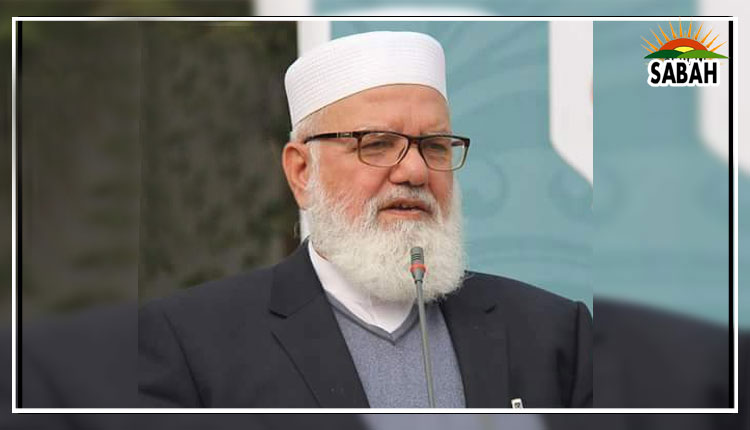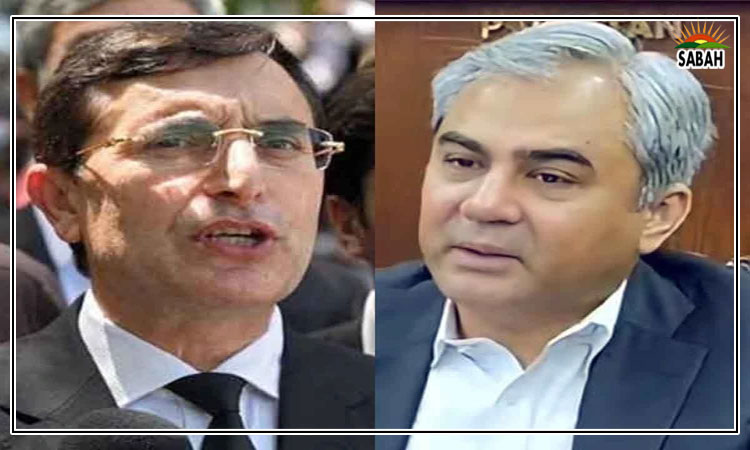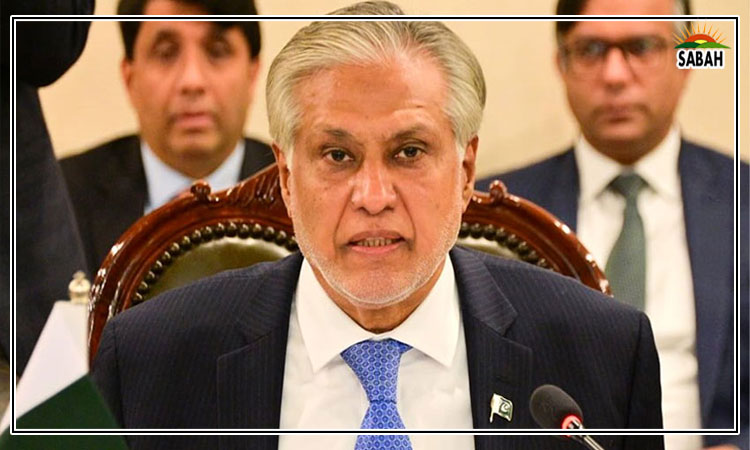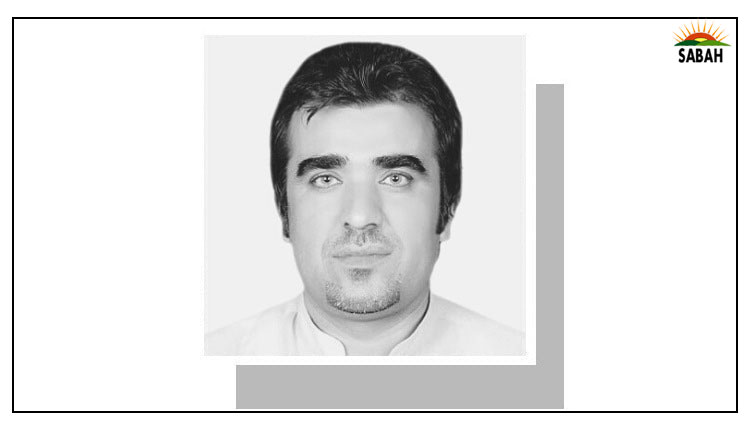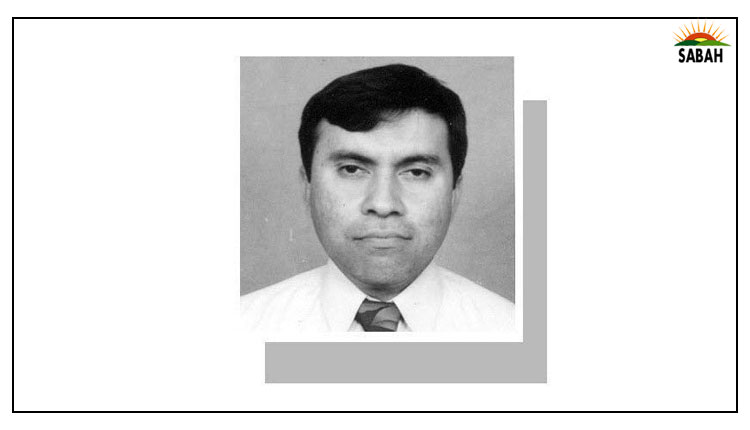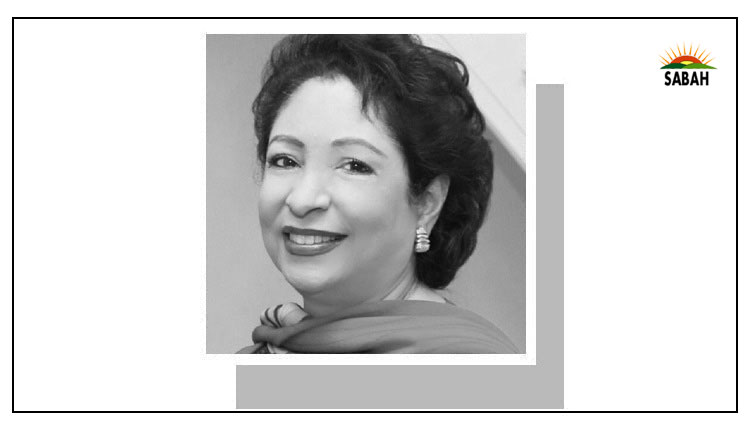Beyond the economic crisis…Maleeha Lodhi | Ahmad Junaid
PAKISTAN no longer faces an economic emergency as it did last year when it teetered on the edge of sovereign debt default. It has come out of that crisis and managed to establish a modicum of stability and improve market sentiment. This creates a window of opportunity for the government to evolve an economic vision and craft a home-grown economic plan to drive a robust recovery and prevent the countrys slide into another crisis.
To be sure the IMFs bailout package and rollover of foreign loans helped to avert a breakdown. The government is now in discussions with the Fund for a larger, longer-duration loan deal, which will be the countrys 24th IMF programme. But meeting IMF conditionalities cannot be the be-all and end-all of economic policy. An IMF package is necessary but not sufficient to achieve durable stabilisation and chart a path to resilient economic growth. A Fund programme should be one component of the countrys own long-term plan and strategy. It cannot serve as its substitute.
A credible plan should address the countrys weak macroeconomic fundamentals, which persist and make the nascent recovery very fragile. Unless they are tackled head-on, they will spark another crisis. This has been the experience so far as unresolved external and internal financial imbalances have fuelled chronic balance-of-payments and budget crises. Much reliance is being placed on promises of investment from Saudi Arabia and other Gulf states. But the strategy to attract foreign direct investment (FDI) and translate promises into reality should be part of a broader, coherent economic plan and not operate in a policy silo. Significant foreign investment will be elusive unless macroeconomic stability is established and political uncertainty ended. This requires a de-escalation of domestic political tensions and a calmer environment.
Even though the country has stepped back from the brink, the structural sources of persisting financial imbalances have not disappeared. Risks are high as the trends are all negative. The fiscal deficit remains high with the economy expected to grow by only 1.8 per cent this fiscal year. Foreign exchange reserves are fragile, domestic and foreign debt have reached unsustainable levels, large external financing is needed to meet debt payments, inflation is at a record level, the current account and trade deficits remain wide, FDI remains low while business confidence is weak. The poverty level has risen to 40pc.
Pakistan needs a home-grown economic reform plan to chart a path to sustainable growth.
Unless structural issues are tackled to reverse these trends, the country will not escape from the trap of anaemic growth, high deficits, heavy borrowing, growing indebtedness and soaring inflation. The choice is stark. Either the government can steer the economy out of its present predicament by the same fire-fighting response witnessed in the past more borrowing and accumulating greater debt while postponing reform and creating no capacity to repay higher levels of debt. This, however, will do nothing to spur growth and investment or contain record inflation. It will only guarantee a crisis down the road. This band-aid approach is, in any case, untenable. Or, the government can embark on wide-ranging structural reforms that can help the economy break out of the vicious cycle it is mired in.
What should be the key elements of a comprehensive reform programme? Long-term economic progress rests on action in at least five fundamental areas. The most urgent is curbing the fiscal deficit. This involves instituting an equitable and simplified tax system, bringing untaxed and undertaxed sectors into a wider revenue net, ending exemptions and ensuring tax compliance. It entails squaring the circle between overtaxing certain sectors and under-taxing others. Expenditure must be rationalised to meet development imperatives and untargeted subsidies should be eliminated. What will contribute significantly to reducing the fiscal burden is privatisation of loss-making state-owned enterprises. Financially haemorrhaging SOEs have long been bloating budget deficits and need to be disinvested by a transparent process.
The second area is creating a business-friendly environment. The government should act as a facilitator to promote business growth and take substantive actions to reduce the cost of doing business. The economic plan should aim to establish a single business regulatory framework for the country, reduce the regulatory burden, cut bureaucratic red tape that inhibits private sector activity and remove barriers that deter foreign investment. The business community should be accorded a key role in the process of formulating economic policy and reform measures. Policy continuity and certainty is also crucial to build and sustain investor confidence.
The third area concerns creating the conditions for export-led growth, which should be a core part of the economic plan. For this, Pakistan must identify its competitive advantage and then work towards export diversification, both in terms of products and markets. The goal should be to achieve greater integration of the country into the global economy and markets; at present Pakistans share of global trade is miniscule. An export-oriented industrial and trade policy framework will need to be put in place. This means ending the anti-export bias in trade policy, which requires tariff rationalisation and review of export subsidy schemes.
The fourth area involves leveraging Pakistans promising potential in digital technology, a dynamic sector, which is growing fast and can be a vital vehicle for the country to leapfrog towards social and economic progress. This requires building digital capabilities, making key investments in this sector and creating an enabling environment to unleash private sector initiatives and innovation.
Investment in human capital should be the fifth area of priority and an integral part of reform. Failure on this count has left the country with deteriorating social indicators and at the bottom of global human development rankings. Underinvestment has meant 40pc of Pakistanis are illiterate and 26 million school-age children are out of school. Health indicators including malnutrition levels, remain grim. Pakistan cannot achieve economic growth and progress by failing to invest in its people.
Finally, foreign policy and diplomacy should be closely aligned with the new economic strategy. Although, for decades, governments have called for greater emphasis on economic/ trade diplomacy, this has never had clear goals or become an integral part of the countrys operational foreign policy. Pakistan has the means to achieve an economic turnaround. Its up to the leadership to make it happen.
Courtesy Dawn


